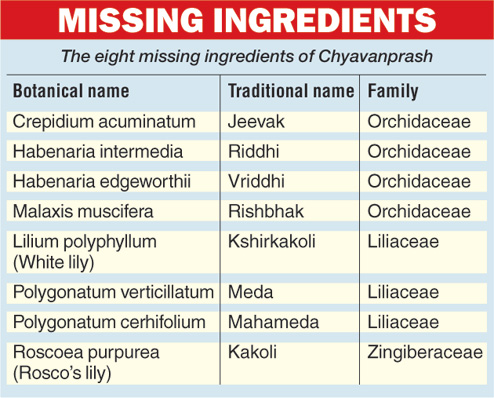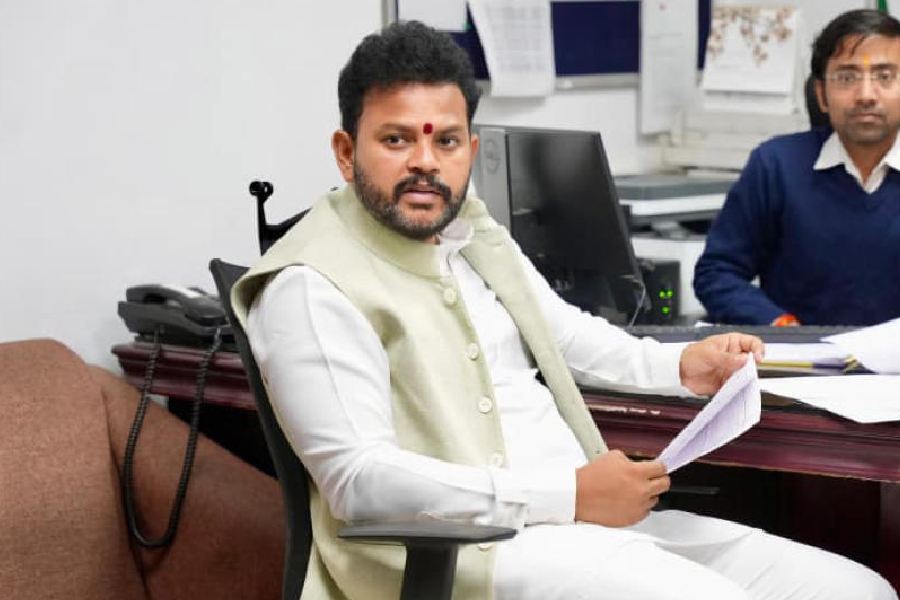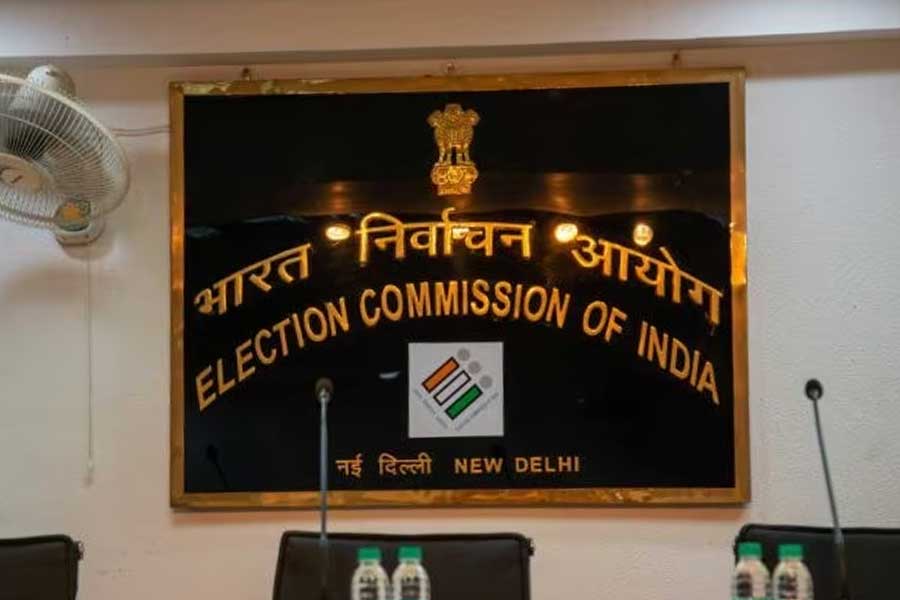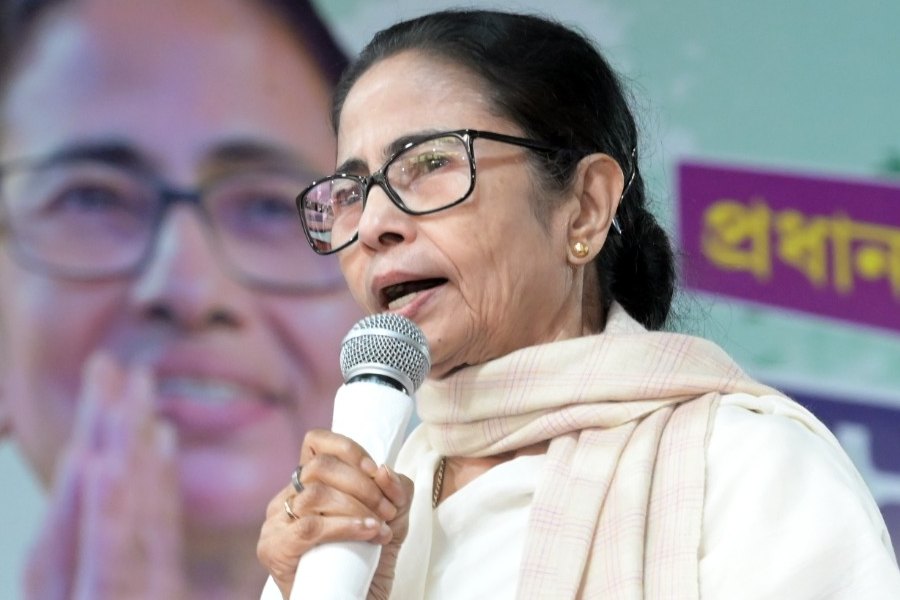New Delhi, Nov. 1: Government scientists have set out to search and cultivate eight rare herbs that they say are ingredients of the "original" ancient recipe for Chyavanprash, but are missing in commercial formulations of this traditional medicine claimed as an immune system stimulant.
The scientists at the Indian Institute of Integrative Medicine (IIIM), Jammu, are hoping to introduce controlled cultivation of the eight flowering plants that used to grow wild but are no longer easily visible. Four belong to the orchid family, three are from the lily family and one belongs to the house of gingers.
"We believe these plants are close to extinction," said Ram Vishwakarma, director of the IIIM, a laboratory under the Council of Scientific and Industrial Research, an organisation supported by the Union science and technology ministry. "The original texts of Ayurveda list theseeight herbs as ingredients of Chyavanprash, but most commercial formulations now use substitute herbs," he told The Telegraph.
Pharmaceutical industry analysts have estimated that about 15,500 tonnes of Chyavanprash was sold across the country last year. Children and adults consume the product which is promoted as a remedy against cold, cough and respiratory infections among other health disorders.

The primary ingredient of Chyavanprash is amla, or gooseberry. But ayurvedic texts also list several other ingredients, including extracts of the eight plants named in traditional medicine as kakoli, kshirkakoli, jeevak, rishbhak, meda, mahameda, riddhi and vriddhi.
"These are collectively called ashtavarga and are believed to increase the anti-oxidant activity of amla," Govind Yadavrao Khati, an Ayurvedic medic and the dean of the Poddar Ayurveda Medical College, Mumbai said. "But substitutesmay also be used to achieve their effects."
No one knows when and how populations of the eight plants went into decline. "We can now only speculate that centuries of unregulated use of these herbs while they grew wildmay have contributed to their decline," Vishwakarma said.
Ayurveda specialists say the concept of substituteingredients was recognised centuries ago.
"A 10th century commentary on the ayurveda text Charak Samhita specifically mentions alternatives if the ashtavarga are not available," said J.L.N. Sastry, head of ayurveda research at Dabur India, a company that manufactures traditional remedies, including Chyavanprash.
Over the past 400 years, other ayurvedic texts such as Bhavaprakash from the 16th century, Yogaratnakara from the 17th century, and Vaidyachintamani from the 18th century have also described the use of substitute herbs, Sastry told this paper.
Industry executives also say some of the ashtavarga herbs are considered rare and endangered and protected under the Convention on International Trade on Endangered Species of Wild Flora and Fauna (CITES). "Even if we cultivate them, we cannot use them commercially," Sastry said.
Vishwakarma said the IIIM's research council had discussed the issue and approved a project aimed at finding the herbs in the wild and attempting controlled cultivation. "Once we achieve meaningful cultivation, we hope to approach CITES authoritiesto allow their regulated use," he said.
Scientists at the IIIM have already acquired three of the eight plants - jeevak, mahameda and rishbhak - and are trying to use plant tissue culture technology to grow them in the laboratory's greenhouse. Plant biologists from the IIIM are also collaborating with scientists in other academic institutions and local communities in the Himalayan region, and in parts of northern and northeastern India to look for the other five species.
Though Chyavanprash has been used for centuries, some scientists say thatits therapeutic benefits still need to be rigorously assessed. A review of clinical studies involving Chyavanprash published in the Journal of Ethnopharmacology in August this year had found that while several studies have shown improvements in health status and immunity, most such studies have involved small samples of patients and short periods of observations.










